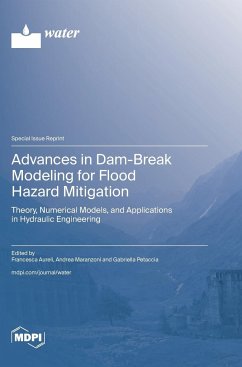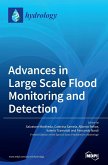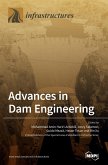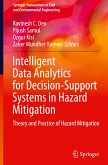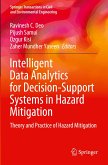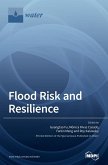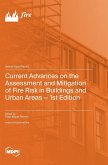Dam-break modeling is still an important field of theoretical and applied research of great interest to hydraulic engineers. Indeed, floods induced by the collapse of dams may have catastrophic consequences for downstream lands, both in terms of human and economic losses. Moreover, the vulnerability of older dams to hydrological extreme events is increasing due to structural deterioration or inadequate spillway capacity, as well as the exposure of floodable areas as a result of urban development. Robust and efficient numerical models are needed to accurately reproduce dam-break flows on real topographies. The availability of real experiences and knowledge based on historical events, together with physical model data and sensitivity analysis, allows such modeling tools to be validated, constantly improved, and used with confidence in flood hazard mapping. The availability of robust and reliable predictive models will also represent a strategic resource in defining future hydrologic scenarios due to climate change. Therefore, the aims of this Special Issue were to present recent advances in the theoretical analysis of dam-break flows; to present recent advances in numerical modeling of dam-break flows on real topographies; to present laboratory experiments and new case studies useful to validate numerical models; and to showcase the applications of dam-break numerical models to flood hazard assessments.
Hinweis: Dieser Artikel kann nur an eine deutsche Lieferadresse ausgeliefert werden.
Hinweis: Dieser Artikel kann nur an eine deutsche Lieferadresse ausgeliefert werden.

